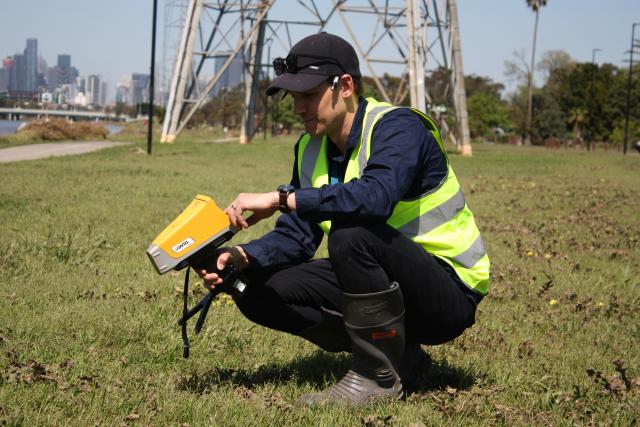
By Matthew Sims
The Environmental Protection Authority [EPA] Victoria has detected a safe level of E. coli, an indicator for faecal contamination, in the Maribyrnong River during recent testing.
The most recent testing on Wednesday, December 2 recorded the highest concentration of E. coli at the Footscray Rowing Club testing location at 410 MPN (most probable number) per 100 millilitres, while it is advised that levels must not exceed 550 MPN.
Solomon’s Ford’s results were at 290, while the results at Pipemakers Park was 280.
E. Coli concentration in the Maribyrnong River peaked at 7300 MPN at the Pipemakers Park testing location on Saturday, October 22, with other locations also exceeding safe limits during Saturday, October 22 and Sunday, October 23’s testing.
EPA have prioritised testing these samples for E. coli bacteria and a range of trace elements, such as metals and metalloids, and contaminants, including organic chemicals such as pesticides, perfluoroalkyl and polyfluoroalkyl substances [PFAS], and petroleum hydrocarbons.
EPA chief environmental scientist Professor Mark Taylor said contamination levels are generally reducing across flood-affected areas being tested due to the high flow of water.
“This is going to be variable, and we need to continue to treat all flood water as contaminated and avoid contact with it wherever possible.”
Natural Hazards Research Australia chief executive Andrew Gissing said entering floodwater remained dangerous.
“This research in partnership with EPA and VICSES is essential to understand the broader harms associated with floodwater and will be shared nationally to inform communities and emergency services of the many dangers of entering floodwater,” he said.
“Partnerships like this between scientists and practitioners are vital to improve knowledge for the benefit of our communities.”
VICSES operations chief officer Tim Wiebusch said the findings would continue to protect its volunteers from the dangers of floodwater.
“At VICSES safety drives our decisions, and we continue to emphaise to never walk, drive, or play in flood waters,” he said.
Details: www.epa.vic.gov.au/for-community/flood-impacted-rivers







